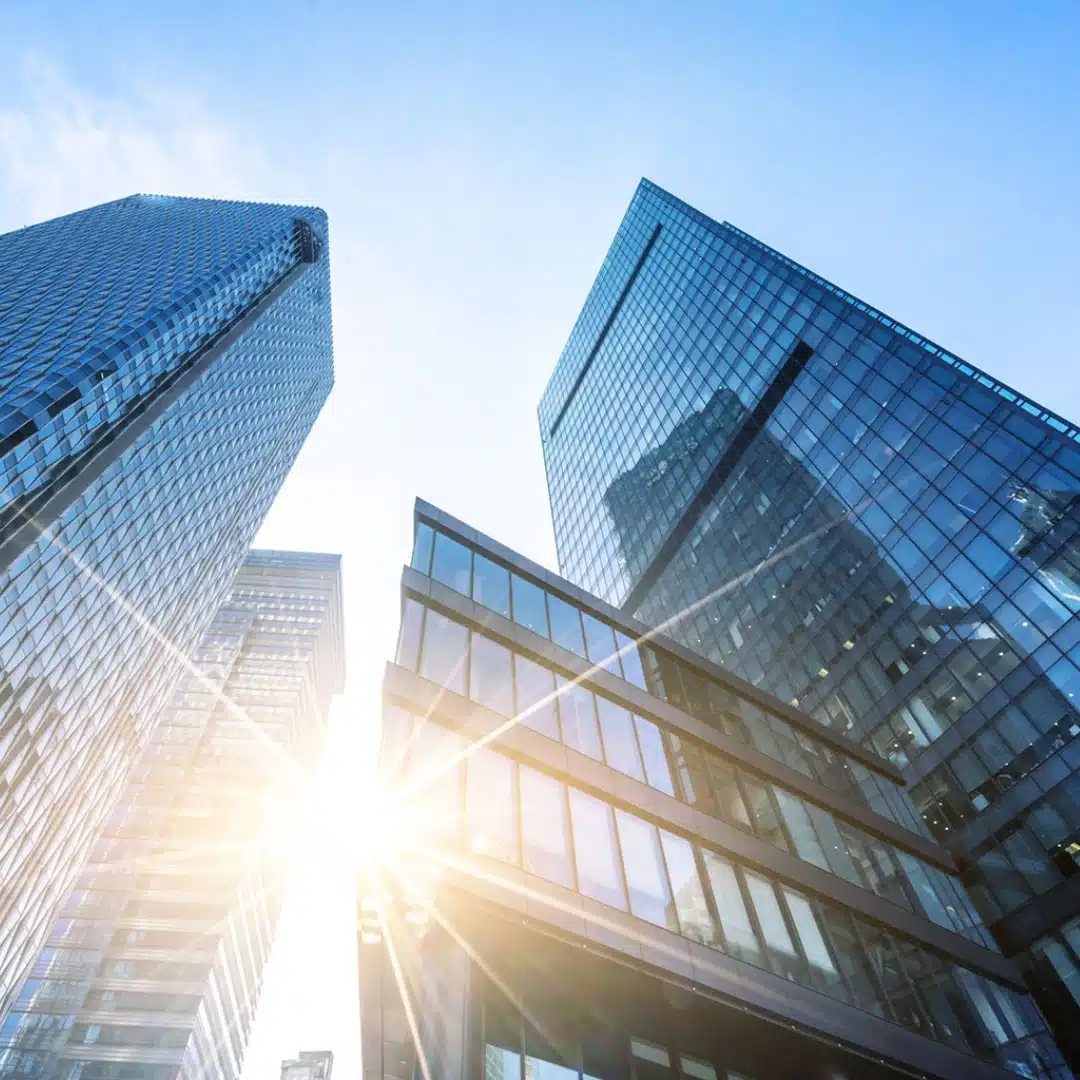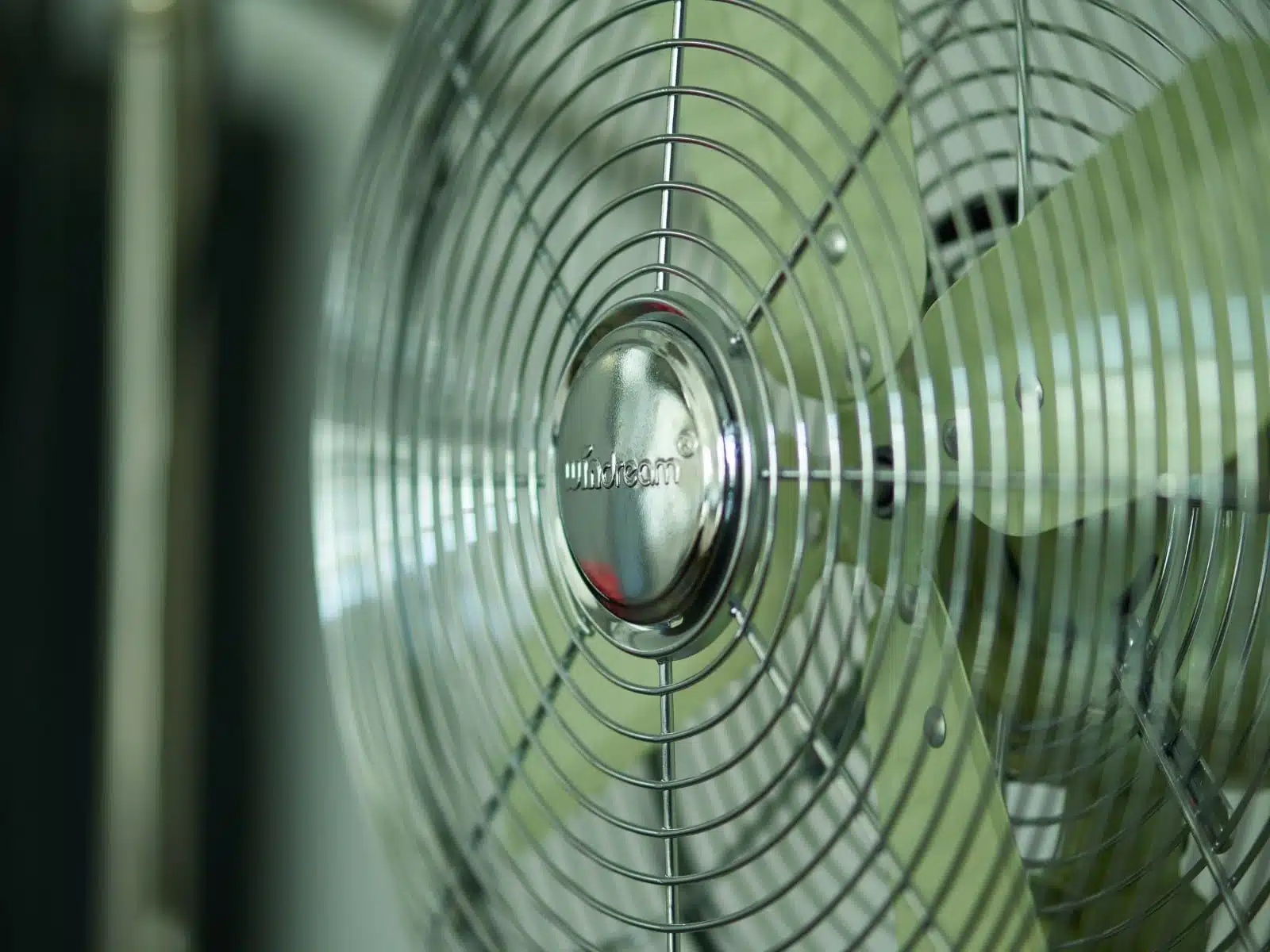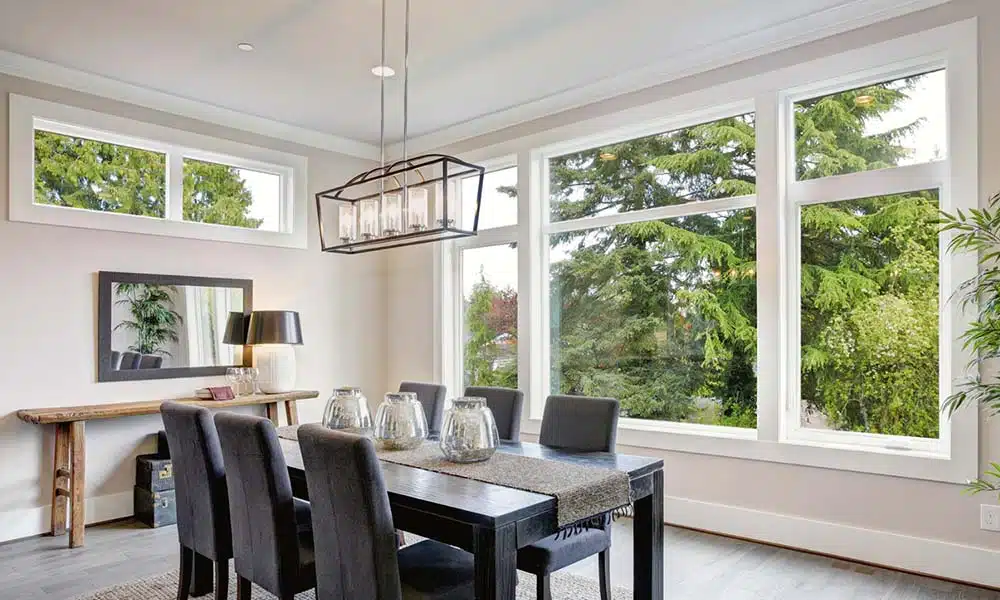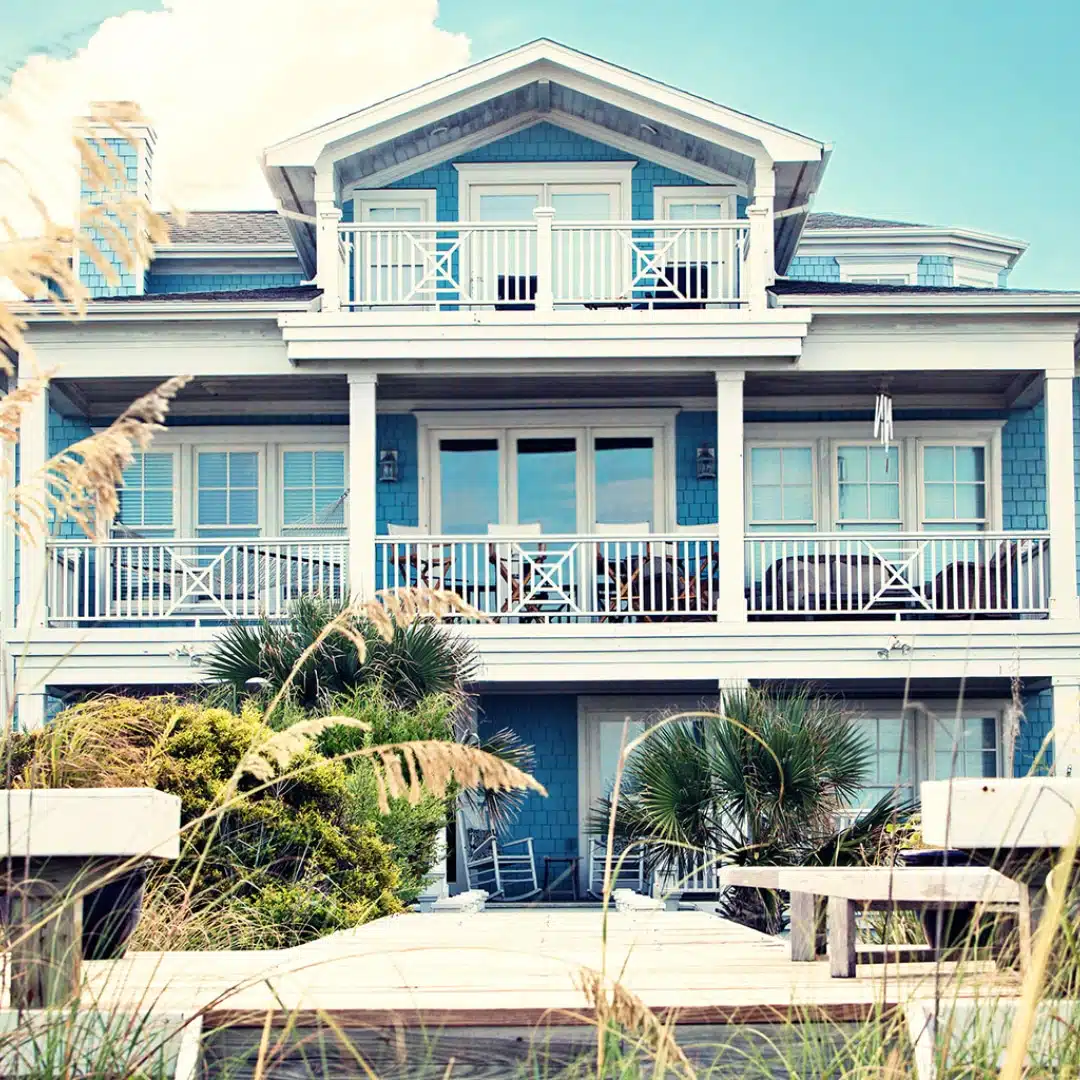Slowing global warming is a priority topic, and for the building sector – which generates nearly 40% of the world’s emissions – it is the number one priority. Building owners, developers, and property managers are focused on ways to reduce energy consumption of their buildings which will subsequently reduce harmful greenhouse gas emissions.
New construction to garner an energy efficient building is more and more the norm, but what about the already built world? Per the US Energy Information Administration, residential and commercial buildings accounted for almost 40% of the US’s energy consumption in 2021. Heating and cooling systems, insulation, appliances, and human behavior are all factors contributing to this outstanding figure.
Various cities and countries have established programs to help drive the achievement, and a specific program of note is the Empire Building Challenge in New York. Ten real estate portfolio managers, representing 700 buildings and 130 million square feet, have committed to achieving carbon neutrality in 131 buildings totaling 52 million SF in the net 10-15 years, through proposed low carbon retrofit projects. Beyond making a positive impact on the reduction of emissions, the other major goal of the program is to show it is technically and economically possible to retrofit buildings to low carbon standards and create blueprints so the solutions can be replicated across portfolios.
So as owners and building managers look at ways to retrofit their existing buildings to upgrade their energy performance, here are some of the areas and solutions being considered:
Heating & Cooling Systems
Retrofitting HVAC systems to reduce the need for heating and cooling, such as
–Installing air economizers to help ventilate and cool a building without using the air conditioner, by drawing in outdoor air to meet the thermostat set point;
–Incorporating heat and energy recovery ventilation;
–Using a demand control ventilation system that use CO2 sensors to adjust the ventilation based on occupancy;
–Using building automation systems which allow the performance of HVAC to be easily monitored, and therefore allows for immediate adjustments.
Water Conservation
Considerations here include upgrading faucets, toilets, and shower heads to fixtures that meet US federal legislation, and capturing and using rainwater for irrigation.
Lighting Upgrades
The installation of occupancy sensors allowing lights to turn off when spaces are not in use, as well as using photo-sensors that adjust given the natural light available are all solutions. Other answers are converting fluorescent light fixtures into Energy Star fixtures and adding space between light sources.
Window Enhancements
With nearly 40% of heat loss in commercial buildings due to windows (US Department of Energy), upgrading window efficiency is key. The application of window film reduces the loss of heat and air conditioning, and helps with ventilation systems, all in turn lowering energy consumption and costs. Solar film reduces the energy needed to cool a building by absorbing more than 90% of infrared light. Additionally, since window treatments do not need to be drawn, more natural light is allowed into a space meaning less need for artificial light – plus it maintains views for those inside.
Taking Advantage of Nature
Trees and plants contribute both aesthetically and in terms of energy savings, as they can offer shade and/or act as a windbreak. Plus they clean the atmosphere by absorbing carbon dioxide and releasing oxygen.
Changing Energy Use Behaviors
Those inside the building need to utilize the building with as much care as was put into the retrofit. Therefore owners and building managers are Implementing tenant awareness energy strategies, as education and information is key to raising energy awareness and encouraging energy conservation. Beyond that steps can also take the form of installing and providing software which allows tenants to see their energy use as well as that of other tenants.
The Benefits
The benefits of retrofitting a building go way beyond meeting a net-zero goal.
–Lower energy costs are an immediate benefit with return on investment as fast as the first year, depending on the retrofit being discussed.
–Better indoor comfort and an improved air quality positively impact physical and mental health. Working or living in a poor quality indoor environment is stressful and can increase health issues and subsequently healthcare costs.
–Improved public image. More and more companies have goals and culture based in sustainability and preserving the planet. With these green initiatives a priority they will seek out and become tenants of buildings with that construct.




